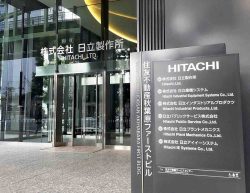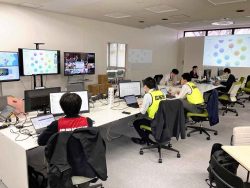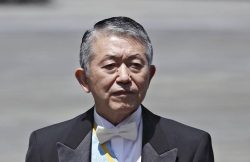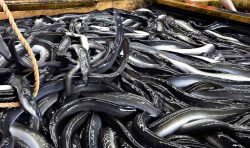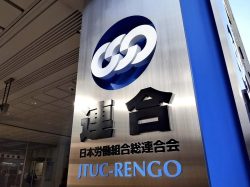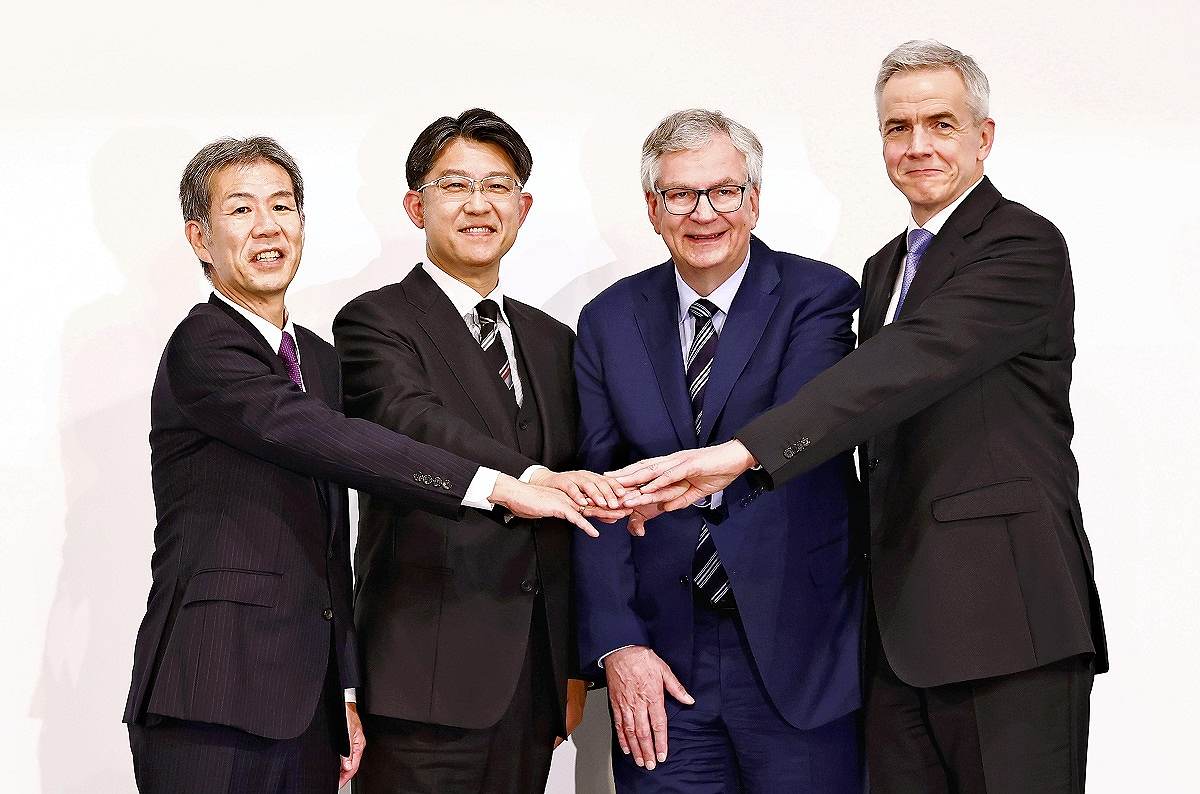
Executives from Hino Motors Ltd., Mitsubishi Fuso Truck and Bus Corp., Toyota Motor Corp. and Daimler Truck AG pose at a press conference in March 2023.
15:12 JST, April 23, 2025
Hino Motors Ltd. and Mitsubishi Fuso Truck and Bus Corp. are in the last stages of coordinating their business integration, after Hino resolved an engine emissions scandal. They may reach a final agreement as early as May.
Toyota Motor Corp., which owns Hino, and Daimler Truck AG, parent of Mitsubishi Fuso, plan to invest in a newly established holding company that could be listed next year, with both Hino and Mitsubishi Fuso becoming wholly owned subsidiaries of the new firm.
The integration of Hino and Mitsubishi Fuso will further realign the nation’s major commercial vehicle manufacturers into two main groups — the Hino-Mitsubishi Fuso group and Isuzu Motors-affiliated companies — amid the shift to electric vehicles and autonomous driving.
Brands to stay
Both the Hino and Mitsubishi Fuso brands will be kept after the integration. Toyota and Daimler are reportedly in the process of finalizing key details, such as equity ratios, in accordance with regulatory procedures.
Back in May 2023, the four companies reached an agreement in principle and announced their intention to complete the business integration by the end of 2024.
However, Hino’s engine emissions scandal, which surfaced in 2022, delayed the integration process, leading to an indefinite postponement in February 2024.
Hino’s settlement with U.S. authorities spurred progress in discussions this year, with the company recording an extraordinary loss of ¥258.4 billion in the fiscal year ending March 2025 for fines and other costs associated with the scandal.
Toyota and Hino said Tuesday that no decision had been made about stakes in the holding company, and added that they would promptly announce any further decisions.
Focusing on hydrogen
Hino and Mitsubishi Fuso expect to cooperate in such areas as autonomous driving, and in streamlining their parts procurement. There are also high hopes for joint decarbonization initiatives using hydrogen, a key focus for both parent companies.
Trucks and other commercial vehicles account for 40% of carbon dioxide emissions from the automotive sector. Compared to electric vehicles, hydrogen fuel cell vehicles have shorter refueling times and longer driving ranges.
Developing next-generation vehicles that capitalize on the parent companies’ strengths could improve the two firms’ standing in the commercial vehicle market, where Chinese and Indian manufacturers are on the rise.
"Business" POPULAR ARTICLE
-
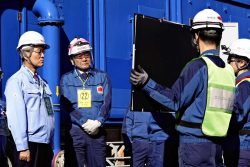
Keidanren Chairman Yoshinobu Tsutsui Visits Kashiwazaki-Kariwa Nuclear Power Plant; Inspects New Emergency Safety System
-
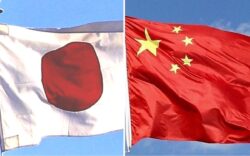
Imports of Rare Earths from China Facing Delays, May Be Caused by Deterioration of Japan-China Relations
-

University of Tokyo Professor Discusses Japanese Economic Security in Interview Ahead of Forum
-
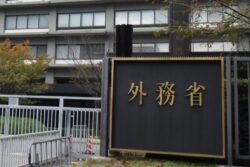
Japan Pulls out of Vietnam Nuclear Project, Complicating Hanoi’s Power Plans
-

Govt Aims to Expand NISA Program Lineup, Abolish Age Restriction
JN ACCESS RANKING
-

Keidanren Chairman Yoshinobu Tsutsui Visits Kashiwazaki-Kariwa Nuclear Power Plant; Inspects New Emergency Safety System
-

Imports of Rare Earths from China Facing Delays, May Be Caused by Deterioration of Japan-China Relations
-

University of Tokyo Professor Discusses Japanese Economic Security in Interview Ahead of Forum
-

Japan Pulls out of Vietnam Nuclear Project, Complicating Hanoi’s Power Plans
-

Govt Aims to Expand NISA Program Lineup, Abolish Age Restriction


